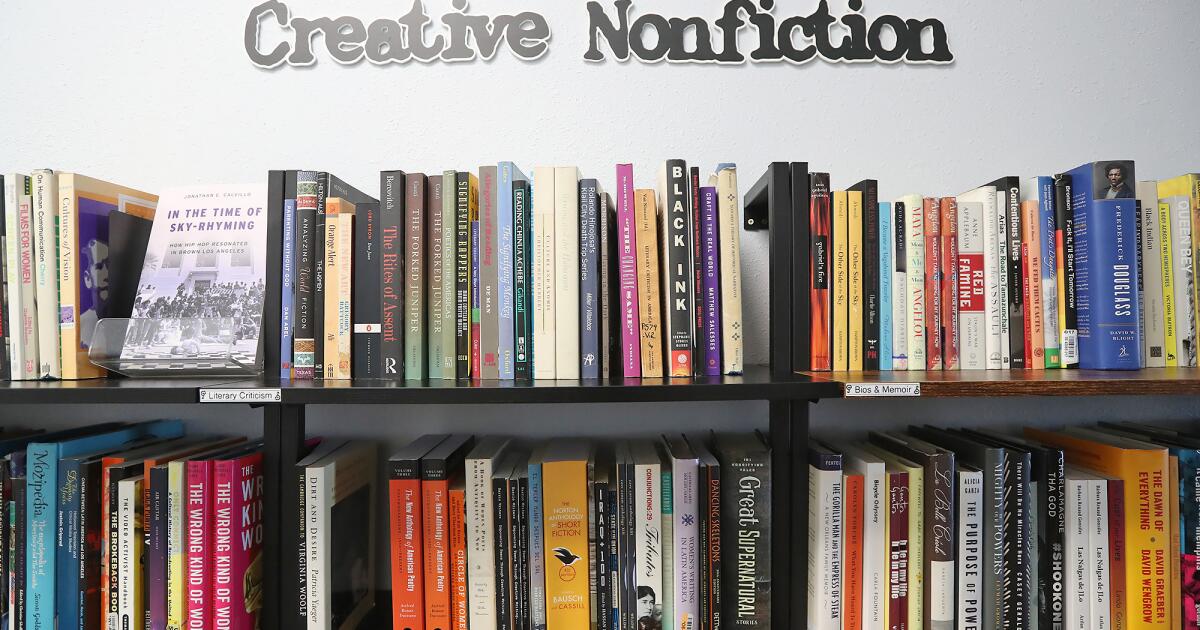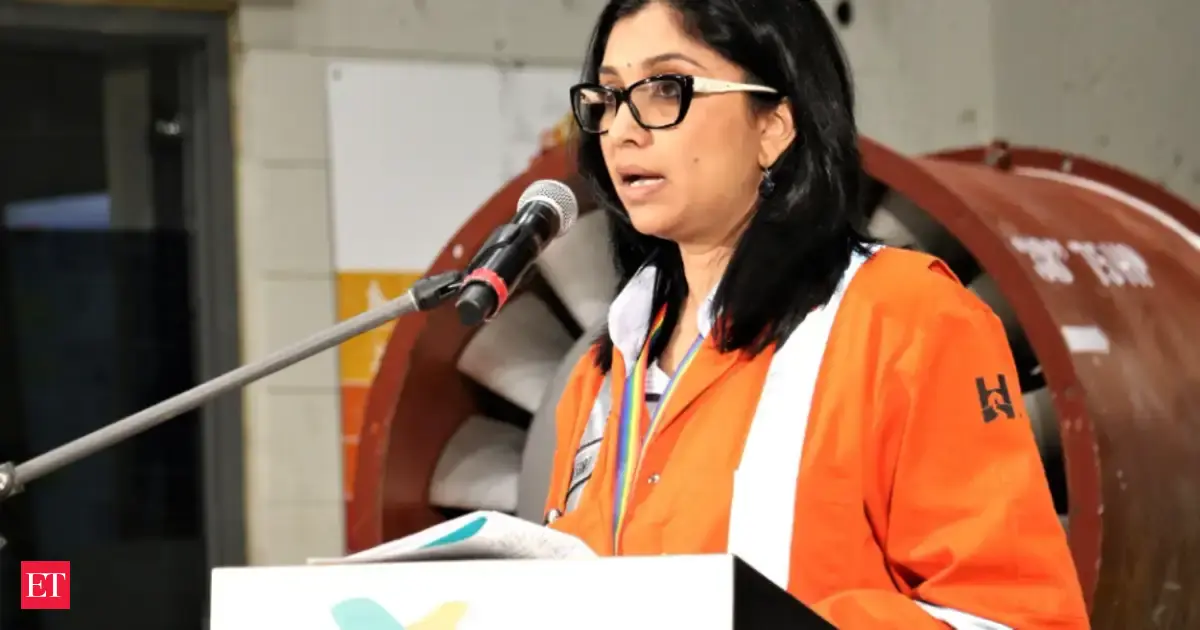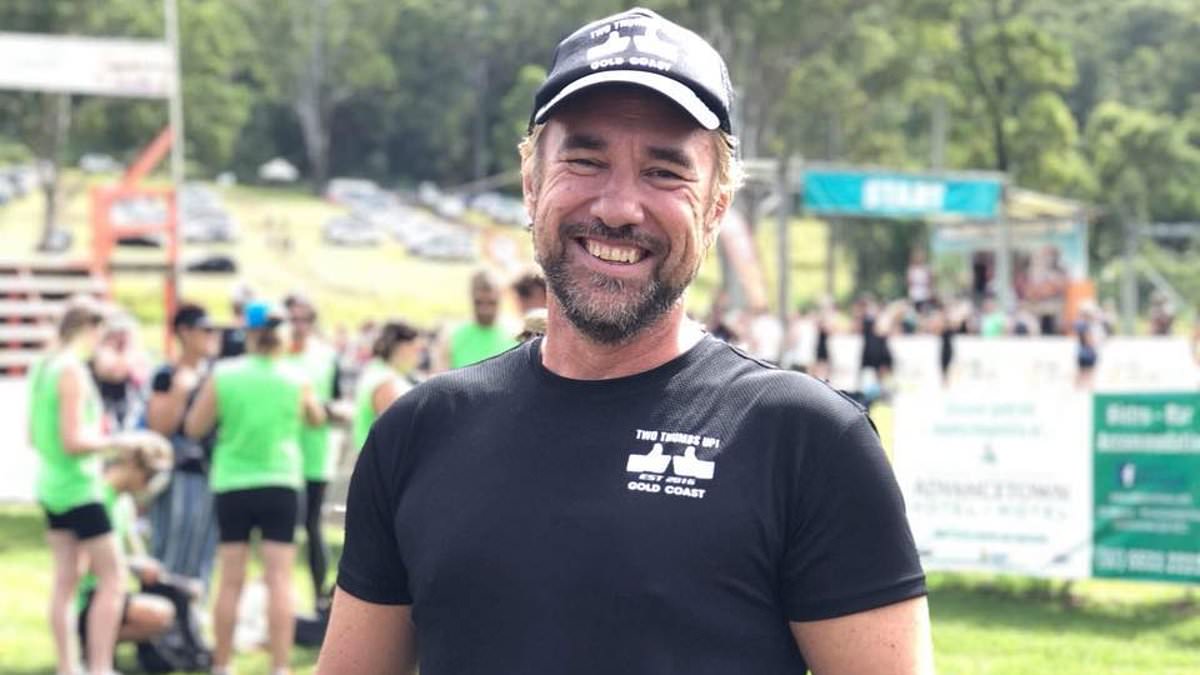
College professors, librarians and other academics gathered inside one of LibroMobile’s community rooms last month to hear about the strides Santa Ana’s independent bookstore is making in the digital humanities space.
The visitors were participants in August’s Society of American Archivists conference and they came from such institutions as the University of Arizona, San Diego County Library and the Oregon Historical Society, among others.
The digital humanities are relevant to all the participating organizations because the field encompasses everything from virtual timelines and story mapping to oral histories.
Sarah Rafael Garcia, LibroMobile’s owner and founder, said the emerging field answers the question of how our own histories can be preserved.
Charla DelaCuadra, archives and manuscripts processor at UC Irvine and a member of the host committee for the event, connected with Garcia to set up the visit.
“I thought it would be a perfect fit for archivists to see what kind of community work is possible,” said DelaCuadra. “Making these things available, documenting them in ways that they’ll be reachable for future generations, is just so important.”
LibroMobile recently introduced a digital humanities program for the community, with the hope of providing Orange County’s diverse population with the knowledge, tools, resources and support to digitally document their own stories.
LibroMobile Arts Cooperative (LMAC) was launched in 2016, followed five years later by the opening of Crear Studio Gallery and Digital Lab. Garcia commissioned local artist Roger Reyes to create a story map of downtown Santa Ana, complete with cultural landmarks and stories about people of color designed to be a counter-narrative to a similar map created by the Santa Ana Business Council. The cooperative has also created virtual timelines on its own history as well as Juneteenth in Orange County.
Using 3D space capture technology, LMAC has created virtual exhibitions of 20 art shows exhibited at Crear Studio Gallery over the last three years, complete with metadata, that makes it possible for anyone with access to the internet to visit the space virtually.
Kara Chizek, LMAC’s digital humanities coordinator, recently created a bilingual digital archiving handbook, an accessible starting point for anyone in the community who wants to start digitally archiving.
“People read [the handbook], come in, I’ll do a 30-minute tutorial and then we’ll start scanning,” said Garcia.
Garcia is a 2024-25 Digital Ethnic Futures Consortium Fellow under the mentorship of Jamila Moore Pew, a Cal State Fullerton public and digital historian. She is also teaching two courses within the field of digital humanities at Chapman University.
Preserving personal histories is a community activity that does not require an academic degree or even fluency in English, Garcia notes. Libromobile is a hub where people can be trained to archive family albums and oral histories. Necessary tools and support are provided to create people’s virtual timelines, story maps, video recordings and 3D scans.
“We have so many projects, and now that people know we are doing this work…people are coming and saying, ‘Can you help me?’” Garcia said.
LMAC is making Black, Indigenous and People of Color (BIPOC) and local stories a priority, with a commitment to beginning partnerships within its own community first. DelaCuadra said the effort is notable, particularly in a time when ethnic studies are being challenged.
“The fact that these marginalized voices are finally getting documented and are going to be of the historical record is so important,” DelaCuadra said.
A prime example is Santa Ana’s Logan Barrio, one of the oldest Mexican American neighborhoods in Orange County. LMAC has been collaborating with its residents for several years on an archival project, a portion of which was featured at Crear Studio last year.
“Historical Logan Barrio: A Tapestry of Culture and Community,” which was on view until last November, included historic photographs spanning 138 years that were collected by Michael Andrade, Garcia and the Logan Reunion Committee. Although the show ended almost a year ago, the exhibition can today be visited through a 3D space capture found on the LMAC website, along with a virtual timeline on Logan Barrio’s history.
Each year Logan Barrio hosts a reunion inviting past and present neighbors to celebrate the neighborhood’s history. As the community gears up for its next reunion, set for Sept. 27 at Chepa’s Park in Santa Ana, LMAC plans to assist the historic neighborhood’s residents in documenting and archiving their history.
Jessi Galanter, a librarian and intern/curator at LMAC, is helming another digital humanities project that aims to create a story map of queer and BIPOC bookstores and lending libraries.
“It really makes you feel empowered when you do this work, and when you are empowered you can help empower others,” said Galanter. “Working on this project, I feel like I am contributing to something bigger than myself.”
Garcia acknowledges that, despite her experience, she isn’t a historian or even an expert on digital archiving, but she is dedicated to providing guidance to locals who have stories they want to preserve.
“I am just a person in the community that is offering my tools and knowledge to help them do it,” said Garcia, “On their own terms.”



